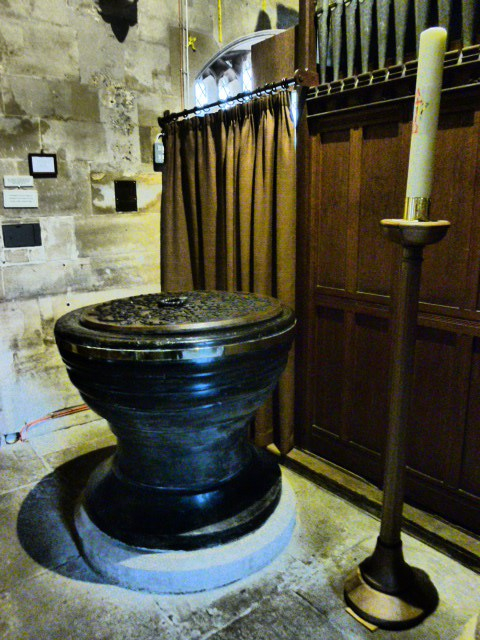Marlborough is a quaint little town in Wiltshire. It has a rather famous College (once attended by Kate Middleton) but no buildings dating much before Tudor times other than two heavily restored churches. However, it used to have a castle, and a rather important one too.
The first castle was built by William the Conqueror in timber, and he raised it on Marlborough’s most famous landmark–a huge mound (sometimes called Merlin’s Mound) that stands in the middle of the college grounds. This mound is not the usual motte and bailey but in fact a neolithic mound that is a smaller ‘sister’ to nearby Silbury Hill, the largest artificial mound in Europe. Later the wooden castle was replaced by stone; it held out for King Stephen during the Anarchy. King John made many changes and repairs, having been presented the castle while his brother, Richard Lionheart, was king. His second wife the infamous Isabella of Angouleme spent some time there and some of his children may have been born within its walls. It was a strange arrangement–Isabella was under the care of Hugh de Neville, whose wife had been one of John’s many mistresses. After John died in the early 1200’s, political prisoner Eleanor of Brittany, whose claim to the throne equalled or surpassed that of Henry III, was kept there for a while before being shunted off to another stronghold. After Henry died, however, it became a Dower House, used by the Dowager Queen, Eleanor of Provence, and then was held by a series of Queen after her.
By 1370, Marlborough was unused, and in ruins by 1403. Edward VI passed it to his relatives, the Seymours, who built a grand house that is now part of the College. All traces of the castle vanished, save for the mighty mound with had already stood for thousands of years before the Conqueror built his castle.
However there is a rumour that one item from the castle survived–a huge ornate stone font which had come from the freestanding chapel of St Nicholas. Local legend says several of King John’s children were baptised in this font.
And sure enough about a mile away, a massive stone font sits, seeming slightly out of place, in the tiny, remote church of St George at Preshute (an old name meaning Priest’s Hut.). It is an enormous block of polished black stone imported from Tournai, and would hardly be likely to have originally belonged to such a small, out of the way church. A few similar fonts of Tournai stone do exist in England, but they are in much grander buildings that St George’s–including Worcester Cathedral.


2 comments